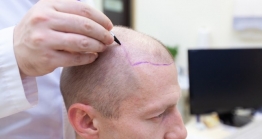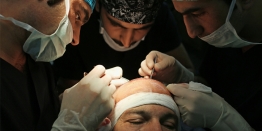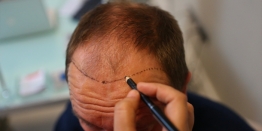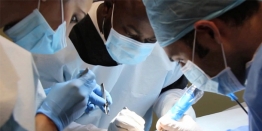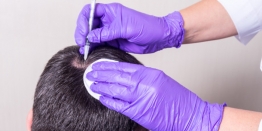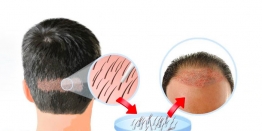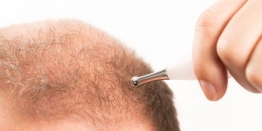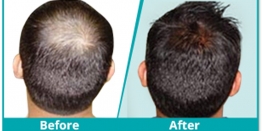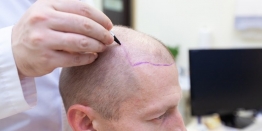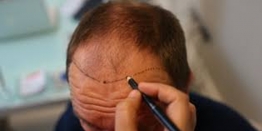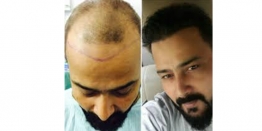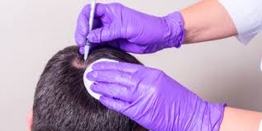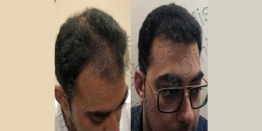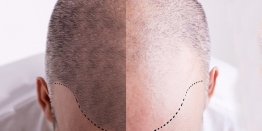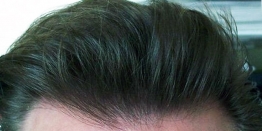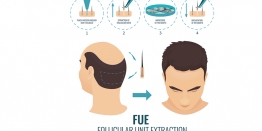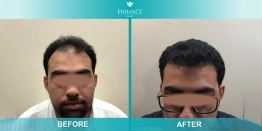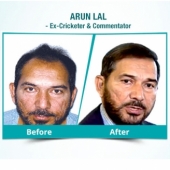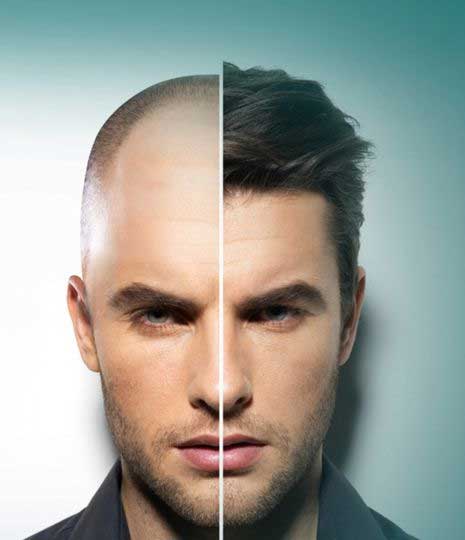
Hair loss has become a problem of the past. There are various solutions available today that can slow down hair loss and even regrow your hair. Platelet-rich Plasma Therapy (PRP) and Scalp Micropigmentation (SMP) are two such non-surgical treatments for hair loss.
In this post, we’ll help you understand what PRP Treatment and Scalp Micropigmentation exactly are and what their differences are.
What is PRP Treatment?
PRP, also known as Platelet-rich Plasma therapy, is a non-surgical and minimally-invasive treatment wherein the platelets present in a person’s blood are used to stimulate hair regrowth. The basic premise behind PRP treatment in Delhi is that the platelets present in your blood promote healing and growth.
During PRP, a blood sample is taken from the patient, which is then placed and spun in a centrifuge to separate the platelet-rich plasma from other blood components. This plasma, full of proteins and growth factors, is injected into your scalp to activate the hair follicles. This promotes the regeneration of hair, making it thicker and fuller.
What is Scalp Micropigmentation?
Scalp Micropigmentation (or SMP) is a non-invasive hair loss treatment creates the appearance of a fuller head of hair. The aim is to give an illusion of hair on the scalp by camouflaging hair loss and baldness through pigmentation.
SMP is basically a scalp tattoo process that involves implanting a special pigment (ink) into the surface of your scalp through microneedles to create a series of layered, precise, hair-like dots. These dots mimic the look of a buzzcut in bald patients and of a fuller head in patients with some degree of hair loss.
Difference between PRP and Scalp Micropigmentation:
Both PRP and Scalp Micropigmentation are non-invasive treatments aimed at addressing the issue of hair loss, albeit differently.
Technique: In Scalp Micropigmentation, a micro-needling device is used to create pigmented tattoos that imitate the look of hair follicles. Different pigment hues are used to create natural shades, making the results appear realistic. PRP, on the other hand, requires drawing the blood and placing it in a centrifuge, where it spins to separate the platelet-rich plasma from other components. These platelets are then injected into the scalp. The hair growth that occurs is completely natural.
Number of Sessions: Scalp Micropigmentation requires two to four sessions that are placed a week apart. Later, SMP might require a touch-up by the end of the year. PRP requires around three sessions that are spread over a few weeks. Maintenance PRP injections are needed every 6 to control hair loss and maintain regrowth.
Type of Hair: With PRP, the hair that grows will be real and natural. With SMP, there is only the illusion of hair, and there is no actual hair regrowth.
Long-Term Outlook: Scalp Micropigmentation (SMP) is durable, and you can expect your results to last around 8 to 10 years. On the contrary, PRP will show quick results but will require maintenance injections every six months to sustain the hair growth. If you’re looking for permanent solutions that last a lifetime, you can get a hair transplant in Mumbai from a reputed surgeon.
Costing: Considering the long-term outlook and requirements, SMP is more affordable as compared to PRP treatment.
Conclusion:
Both PRP and Scalp Micropigmentation have emerged as popular treatments to deal with hair loss. The choice depends on your hair loss situation, treatment suitability, and your long-term expectations. However, if you’re looking for a more permanent and long-lasting answer to hair loss and balding, an ideal option would be visiting a good clinic and getting the best hair transplant in Delhi.
Related Blog




